Abeokuta is a city located in the southwest region of Nigeria and is the capital city of Ogun State. The city has a rich history that dates back to the 19th century when it was founded by the Egba people. The name “Abeokuta” translates to “under the rock” in the Yoruba language, and it refers to the rocky outcrops that surround the city.
The city was established in 1830 after the intertribal wars had ravaged refugees in Egba forest from their original homes between 1817 and 1830. The Egba people were led by Sodeke, who marched the whole tribe from Oke Ona to Abeokuta, their new home.
They settled together, clan by clan, and for the first time, they were able to live in peace and harmony, away from the tyranny of the Alaafin of Oyo.
Over the years, Abeokuta has grown to become a major commercial center in Nigeria, with a population of over 1 million people. The city has played a significant role in the history of Nigeria, and it has produced several notable personalities, including Fela Kuti, the legendary musician, and Wole Soyinka, the Nobel Laureate in Literature.
Geographical Setting
Location and Topography
Abeokuta is a city located in southwestern Nigeria. It is situated on the east bank of the Ogun River and lies in a fertile country of wooded savanna. The surface of the city is broken by masses of grey granite, and it spreads over an extensive area, being surrounded by mud walls 18 miles in extent. The city was founded by Sodeke, a hunter and leader of the Egba refugees, who fled from the disintegrating Oyo empire in 1830.
Climate and Environment
Abeokuta has a tropical climate with distinct wet and dry seasons. The wet season lasts from April to October, while the dry season lasts from November to March. The city receives an average annual rainfall of about 1,200 millimeters. The temperature in Abeokuta is relatively stable throughout the year, with an average daily temperature of around 27°C.
The city is surrounded by a number of hills and valleys, which provide a picturesque environment for residents and visitors alike. The hills are covered with lush vegetation, and the valleys are home to a variety of wildlife. The Ogun River, which runs through the city, is an important source of water for the residents and supports a variety of aquatic life.
Overall, Abeokuta’s geographical setting has played a significant role in its history and development. The city’s location on the Ogun River and its fertile land have made it a center for agriculture and commerce, while its picturesque environment has made it a popular destination for tourists and nature lovers.
Historical Development
Early Settlements
The history of Abeokuta dates back to the early 19th century when it was founded by Sodeke, a hunter and leader of the Egba refugees who fled from the disintegrating Oyo empire. The town was also settled by missionaries in the 1840s and by Sierra Leone Creoles, who later became prominent as missionaries and businessmen.
Kingdom of Egba
The Egba people, who settled in Abeokuta, were a Yoruba subgroup that migrated from the present-day Oyo state. They were led by Lisabi, a resident of Igbehin, who organized a movement under the name of Egbe “Aaro” Tradition Mutual Aid Society. The liberation took place around the year 1780. The Egba people were known for their resistance against the Dahomey kingdom, which attempted to conquer Abeokuta several times but failed.
Colonial Era and Resistance
During the colonial era, Abeokuta was incorporated into British Nigeria in 1914. The town was known for its resistance against the colonial rule, and several uprisings were organized against the British. The most notable of these was the Abeokuta Women’s Revolt of 1949, which was led by Funmilayo Ransome-Kuti. The revolt was a response to the imposition of taxes by the colonial government, and it resulted in the release of several political prisoners and the resignation of the local chief. Today, Abeokuta is a thriving city with a rich cultural heritage and a growing economy.
Modern Abeokuta
Post-Independence Growth
After Nigeria gained independence in 1960, Abeokuta experienced significant growth. The population increased, and the town became a hub for cultural and economic activities. The town’s infrastructure also improved, with the construction of new roads, schools, and hospitals.
One of the most significant developments during this period was the establishment of the Federal University of Agriculture, Abeokuta, in 1988. The university is now one of the leading institutions of higher learning in Nigeria, attracting students from all over the country.
Economic and Social Evolution
Abeokuta has evolved significantly since its establishment in the 19th century. The town was once known primarily for its agricultural activities, but it has since diversified its economy. Today, the town is home to several industries, including textiles, ceramics, and food processing.
The town has also made significant strides in social development. Abeokuta has a vibrant cultural scene, with several festivals and events taking place throughout the year. The town is also home to several museums and galleries, showcasing the town’s rich history and culture.
Overall, modern Abeokuta is a bustling town with a diverse economy and a rich cultural heritage. Its growth and development have been shaped by its history and its people, and it continues to evolve and thrive in the 21st century.
Cultural Heritage
Traditional Practices
Abeokuta is known for its rich cultural heritage. The Egba people, who are the predominant tribe in the city, have a strong attachment to their traditional practices. One of the most notable traditional practices is the annual Egungun festival, which is celebrated in honor of the ancestors. During the festival, masquerades dress up in elaborate costumes and perform dances and rituals to appease the spirits of the ancestors.
Another traditional practice is the Ifa divination system, which is used to seek guidance from the gods. Ifa is an ancient system of divination that has been passed down through generations of Yoruba people. The system involves the use of palm nuts and divination trays to communicate with the gods and receive guidance on various issues.
Architectural Landmarks
Abeokuta is home to several architectural landmarks that are a testament to its rich history. One of the most notable landmarks is the Olumo Rock, which is a natural rock formation that served as a refuge for the Egba people during wars in the 19th century. The rock also has spiritual significance and is believed to have healing powers.
Another architectural landmark is the Alake’s palace, which is the official residence of the Alake of Egbaland, the traditional ruler of the Egba people. The palace is a beautiful example of traditional Yoruba architecture, with intricate carvings and designs on the walls and pillars.
In addition to the palace, there are several other historical buildings in Abeokuta, including the first church built in Nigeria, St. Peters Cathedral, and the Abeokuta Grammar School, which was founded by Christian missionaries in the 1800s. These landmarks serve as a reminder of Abeokuta’s rich cultural heritage and its importance in the history of Nigeria.
Frequently Asked Questions
What are the origins and historical significance of the Egba people in Abeokuta?
The Egba people are one of the major ethnic groups in Abeokuta, Ogun State, Nigeria. They are known for their bravery and resistance to the colonialists during the 19th century. The Egba people were originally part of the Oyo Empire until they broke away in the 18th century. They established Abeokuta as a refuge from intertribal wars and became a sovereign nation for 20 years and 11 months before the British amalgamated it with the rest of Nigeria in 1914.
How has the population of Abeokuta evolved over time?
The population of Abeokuta has grown steadily over the years. In 1952, the population was estimated to be around 50,000. By 1991, the population had grown to over 500,000. As of 2021, the population is estimated to be over 1.5 million people. The growth in population can be attributed to the city’s strategic location, economic opportunities, and cultural significance.
What are some notable historical events that have shaped Abeokuta, Ogun State?
Abeokuta has a rich history that is shaped by various events. One of the most significant events was the Egba resistance against the colonialists during the 19th century. The resistance was led by the Egba warrior, Lisabi, who liberated the Egba people from the rulership of the Alaafin of Oyo. Other notable events include the establishment of Abeokuta as a sovereign nation, the closure of trade routes to the coast, and the expulsion of missionaries and European traders.
Can you describe the historical background of Abeokuta South?
Abeokuta South is one of the local government areas in Ogun State, Nigeria. It is located in the southern part of Abeokuta and covers an area of 71.5 km². The area is known for its historical significance, as it was one of the major centers of the Egba resistance against the colonialists during the 19th century. The area is also home to various cultural and historical landmarks, including the Olumo Rock, Ake Palace, and the Alake’s Palace.
What are some interesting cultural facts about Abeokuta?
Abeokuta is known for its rich cultural heritage, which is reflected in its art, music, and festivals. One of the most popular festivals in Abeokuta is the Egungun festival, which is celebrated annually to honor the ancestors. The city is also known for its traditional cloth weaving industry, which produces the popular Adire fabric. Additionally, Abeokuta is home to various museums and cultural centers that showcase the city’s rich history and heritage.
How have the different tribes contributed to the history of Abeokuta?
Abeokuta is a melting pot of various ethnic groups, including the Egba, Yoruba, and Egun. Each of these tribes has contributed to the city’s rich history and culture. The Egba people, for instance, played a significant role in the resistance against the colonialists during the 19th century. The Yoruba people, on the other hand, have contributed to the city’s art and music scene, while the Egun people have contributed to the city’s fishing industry.



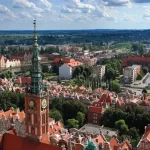





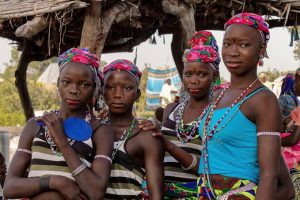

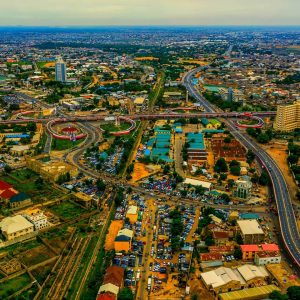


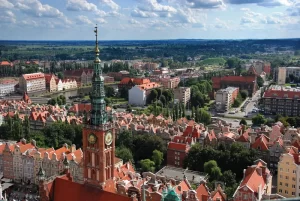
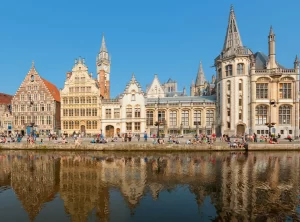




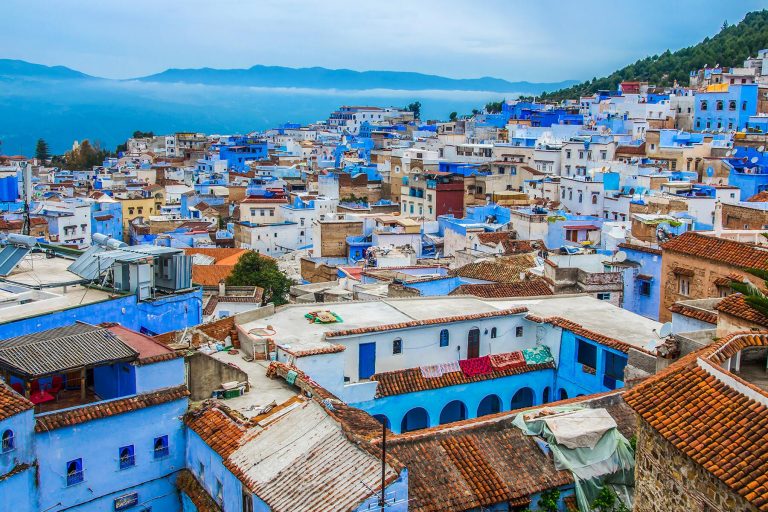
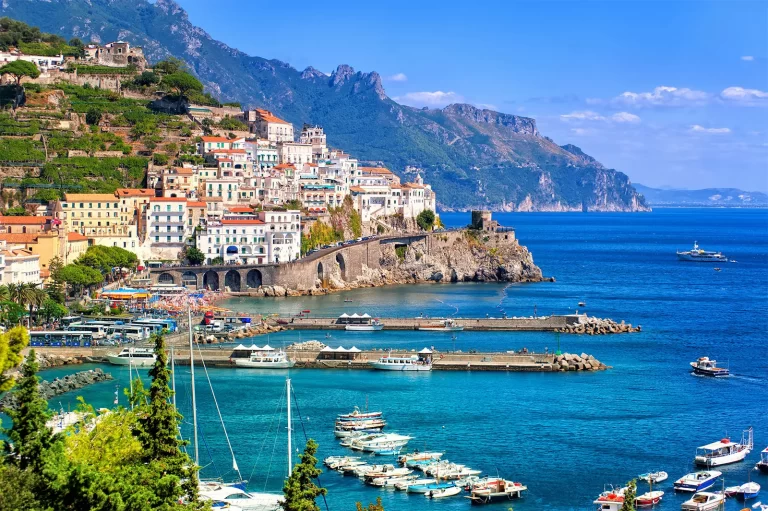

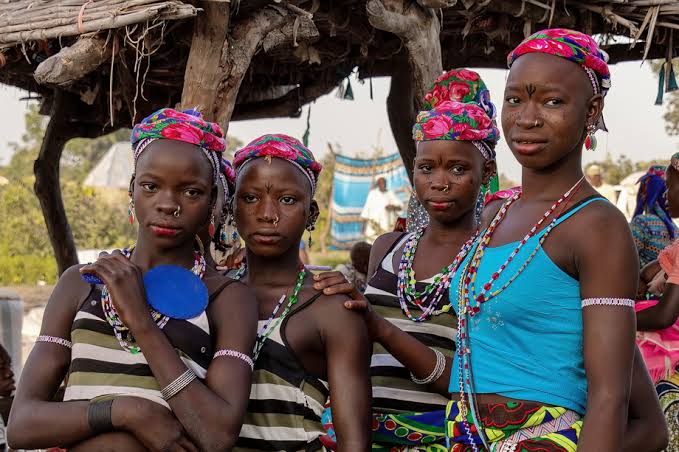
+ There are no comments
Add yours